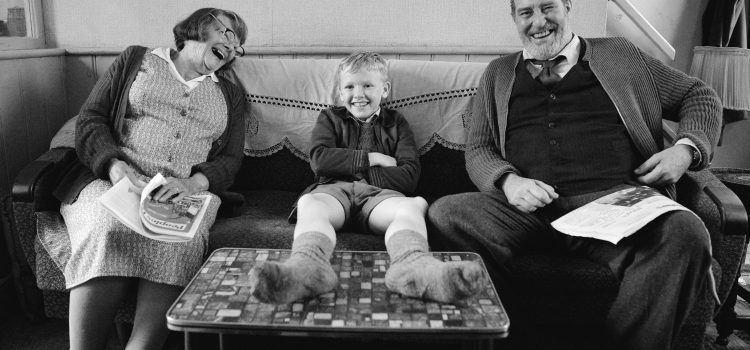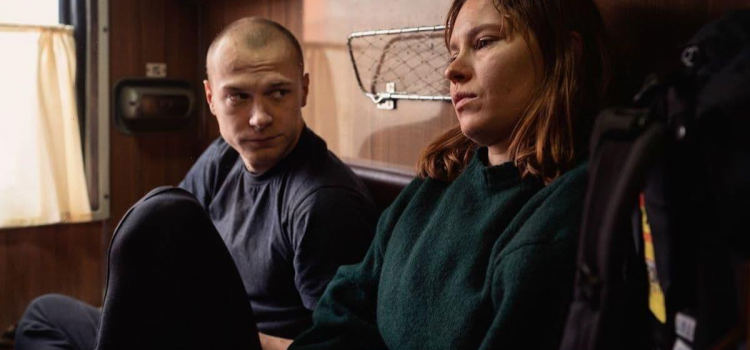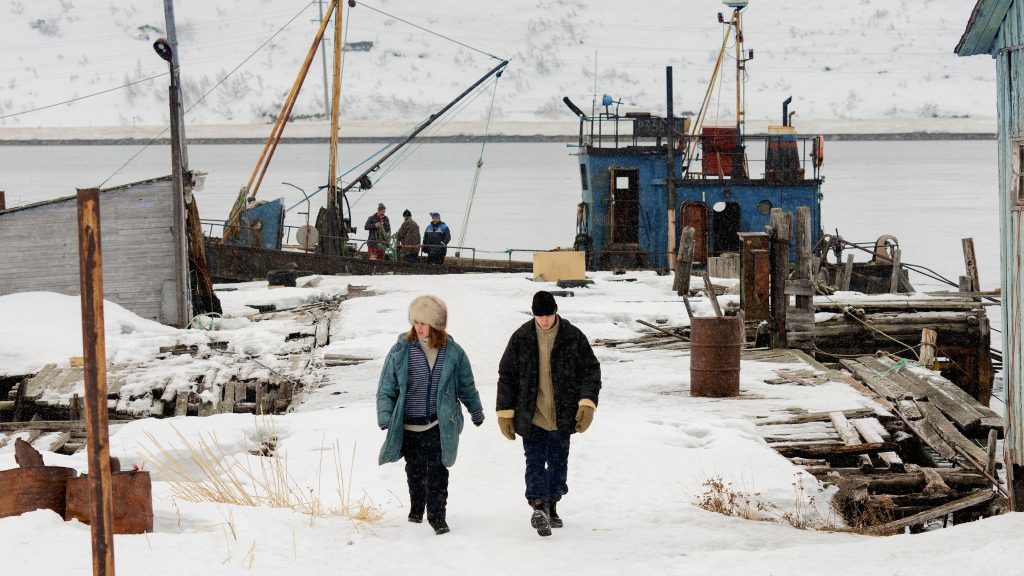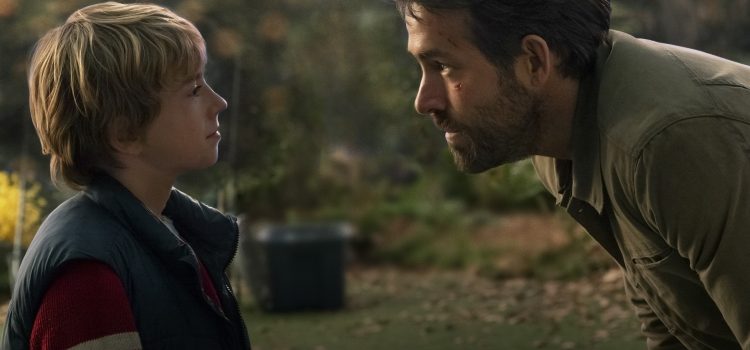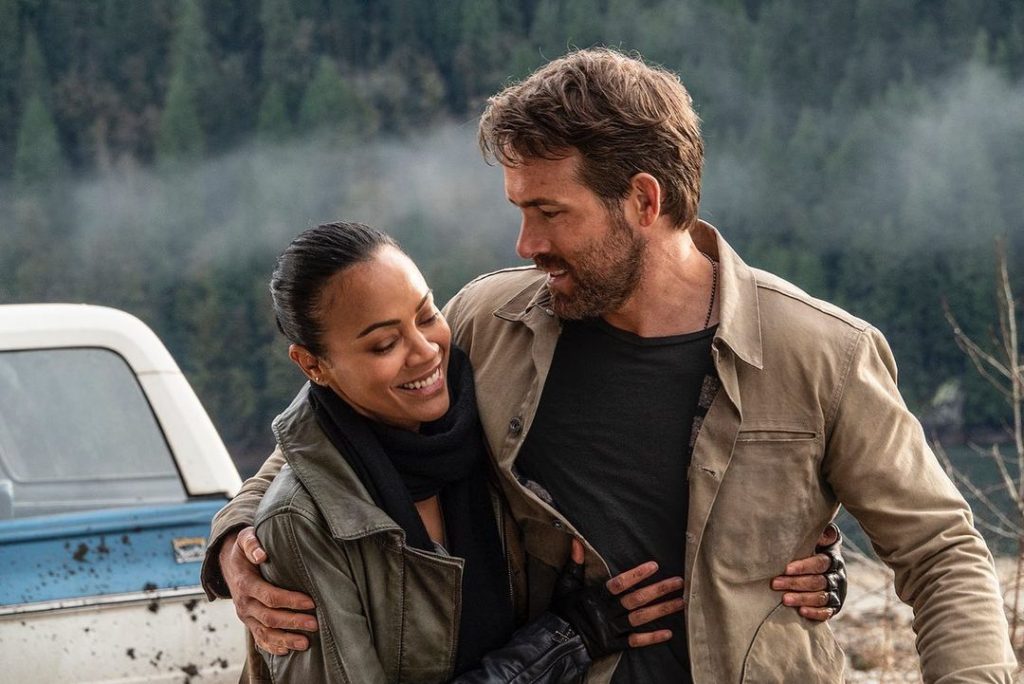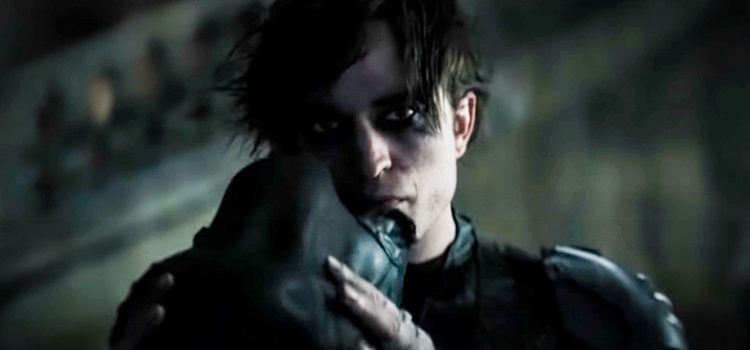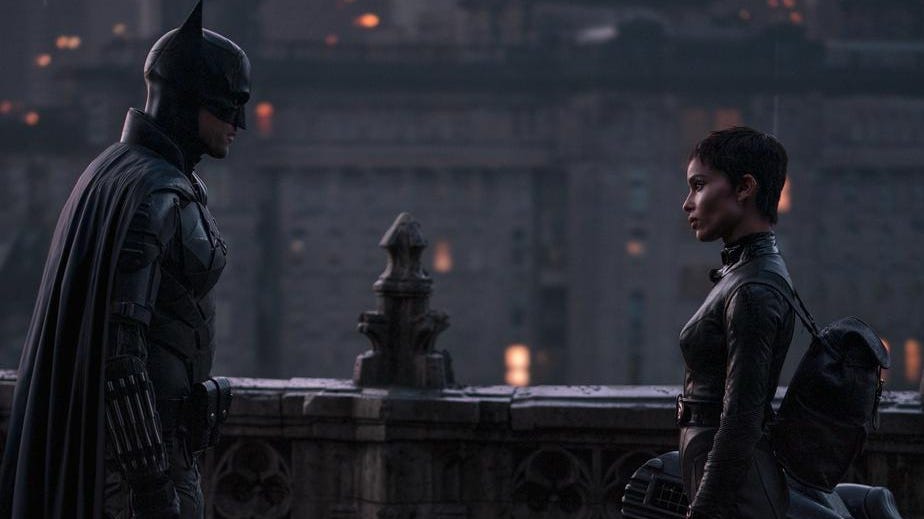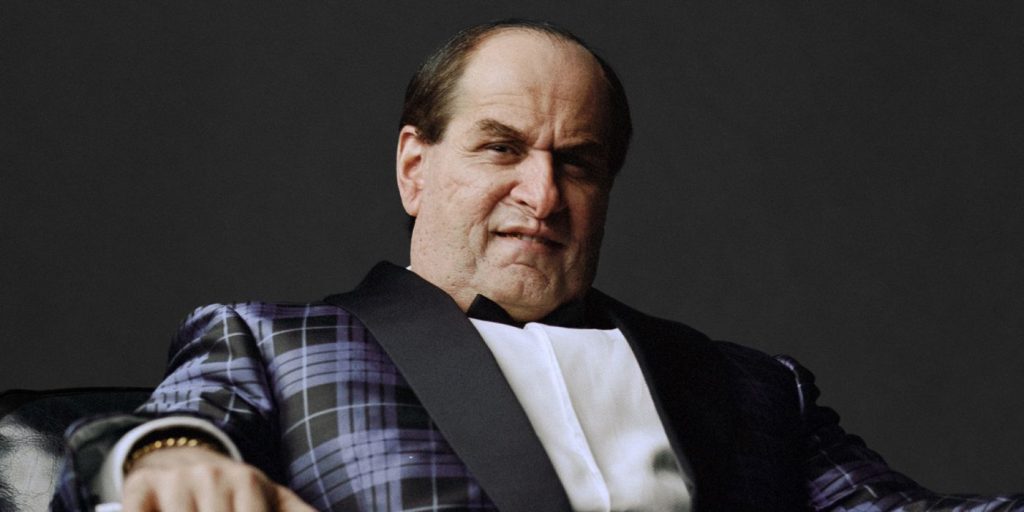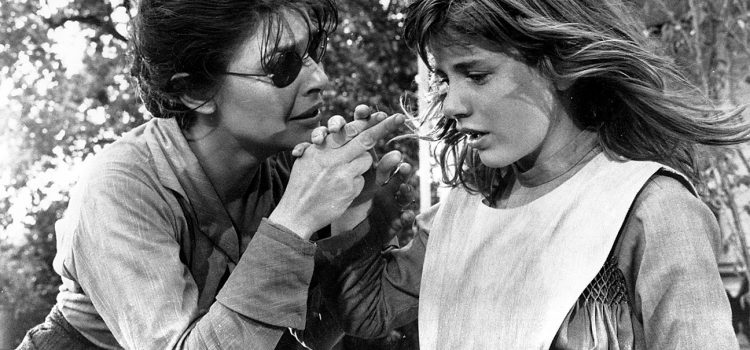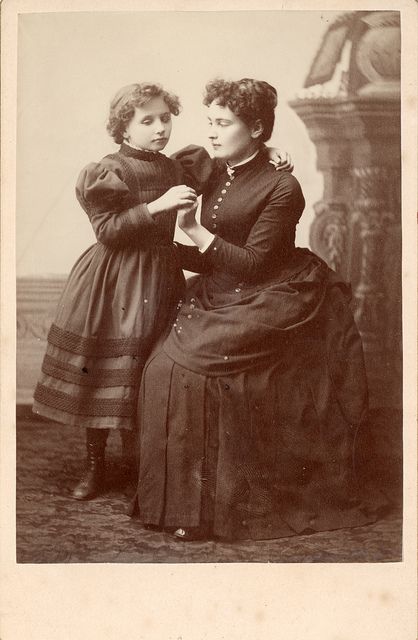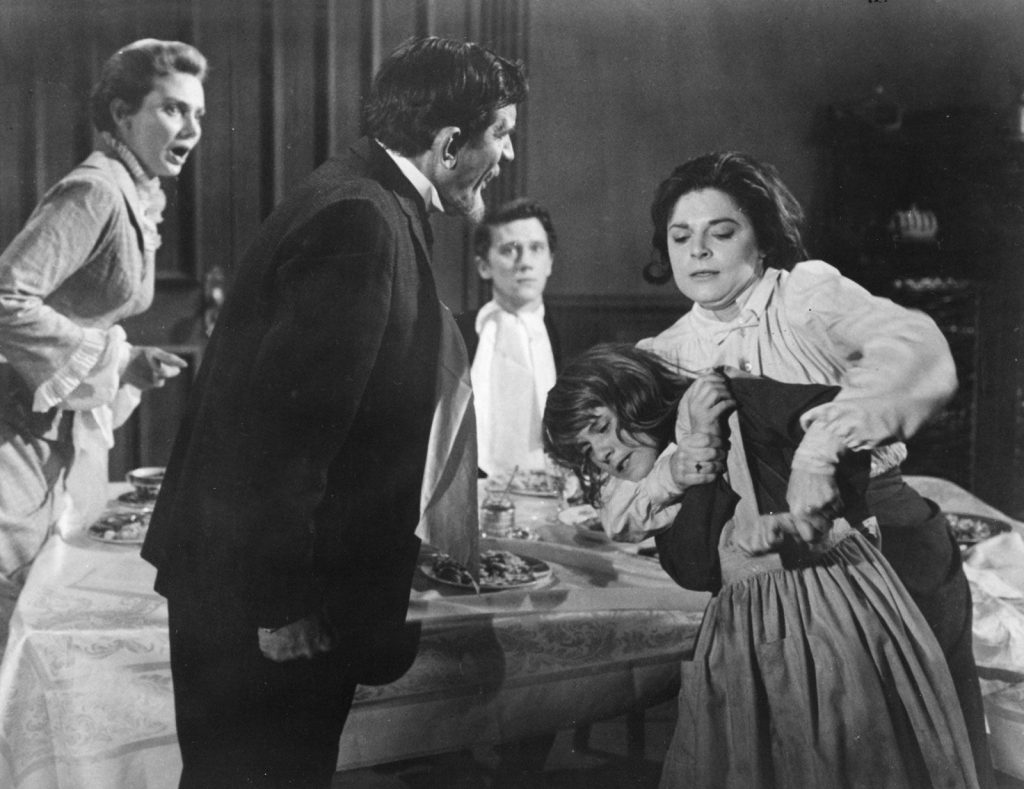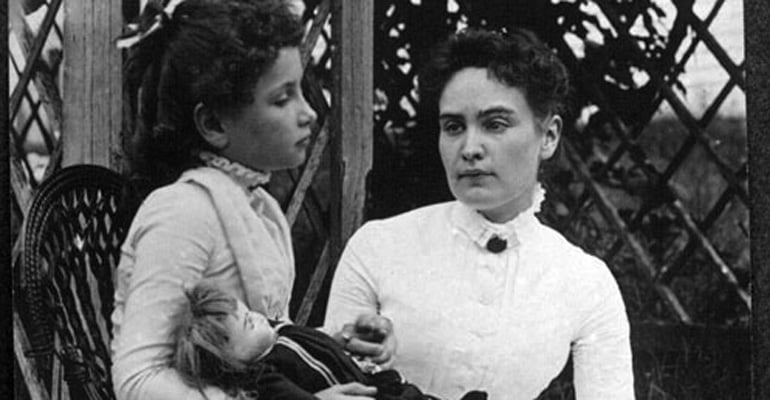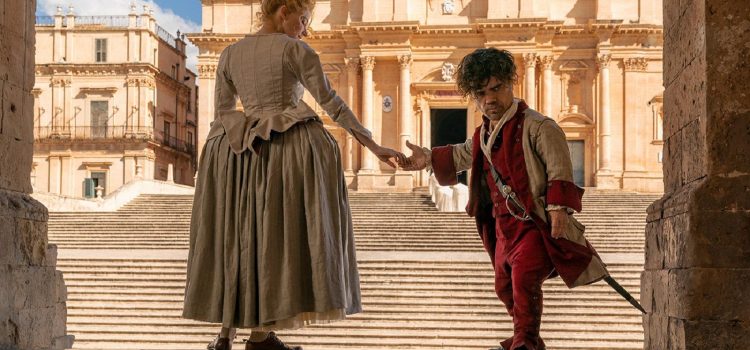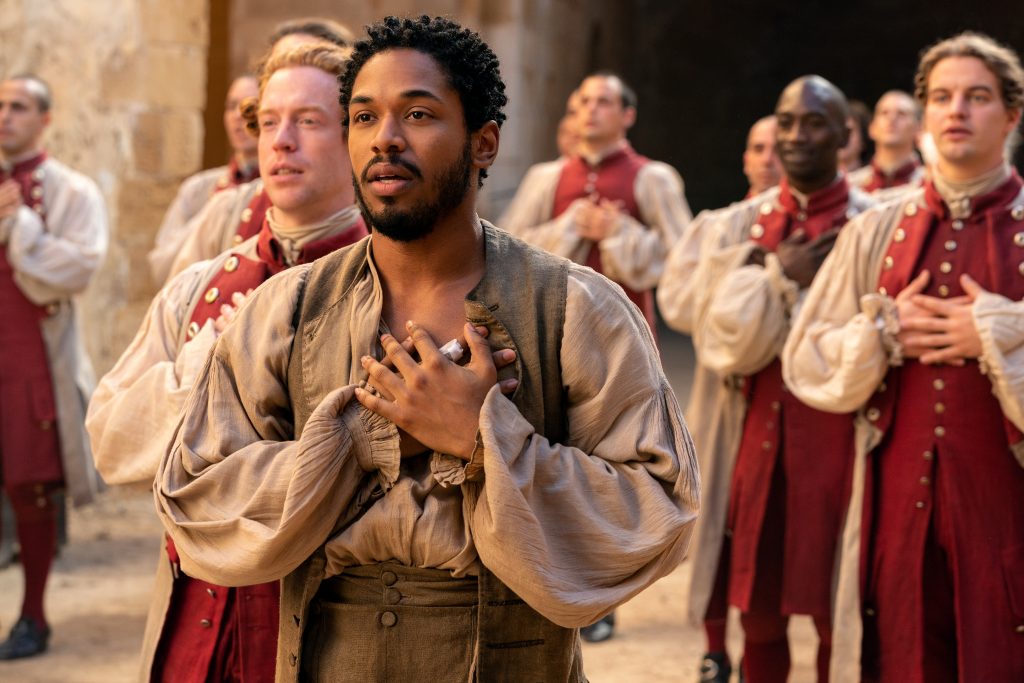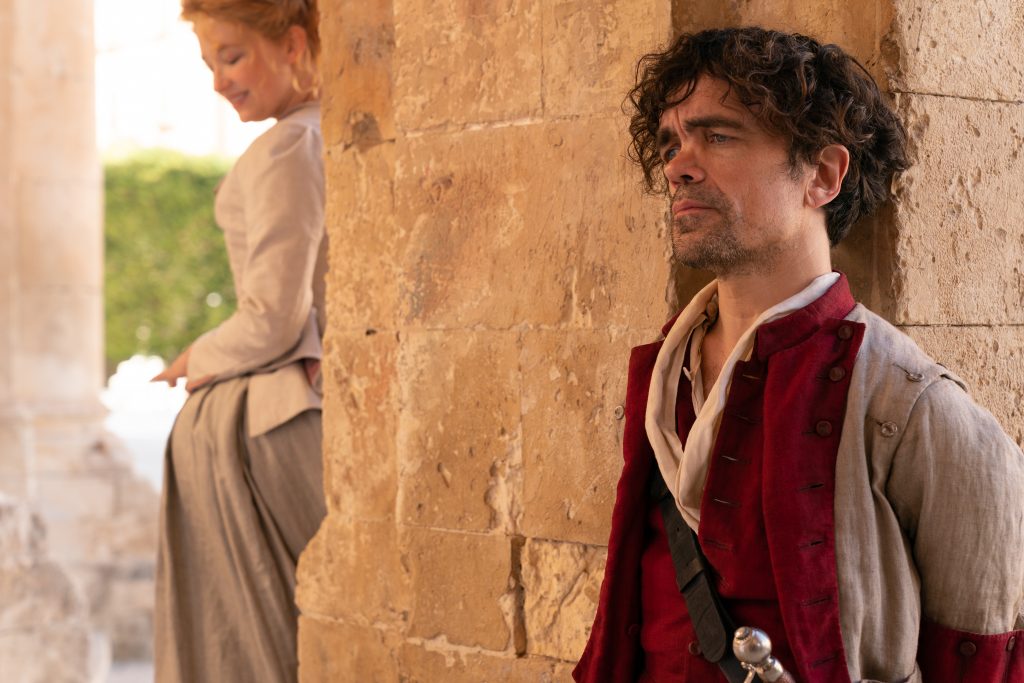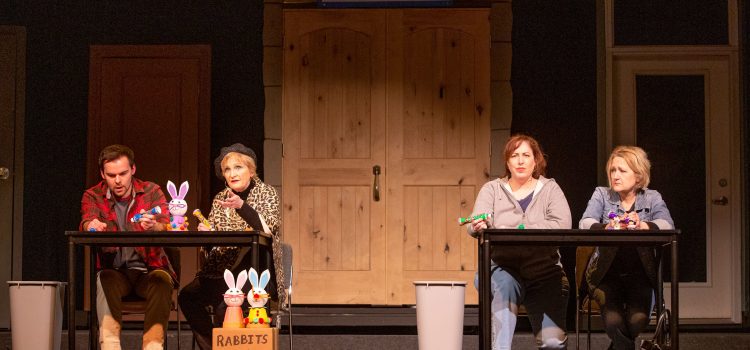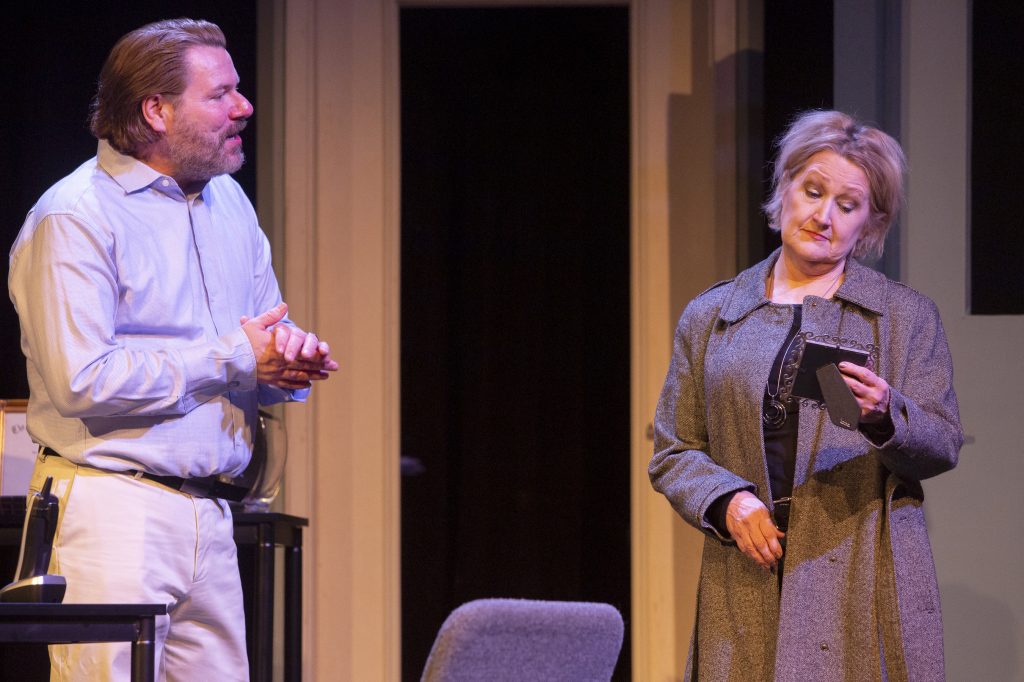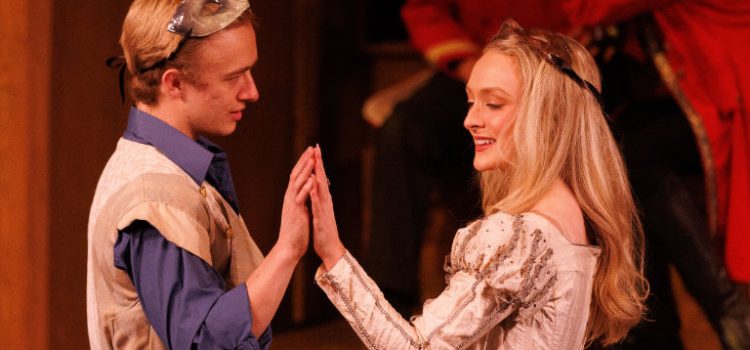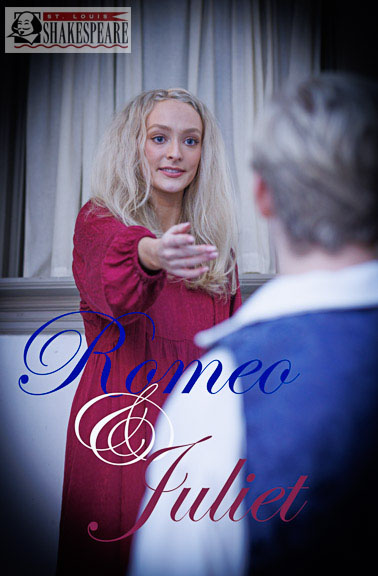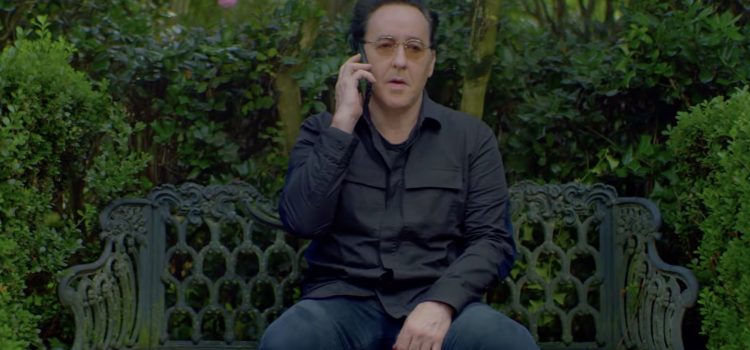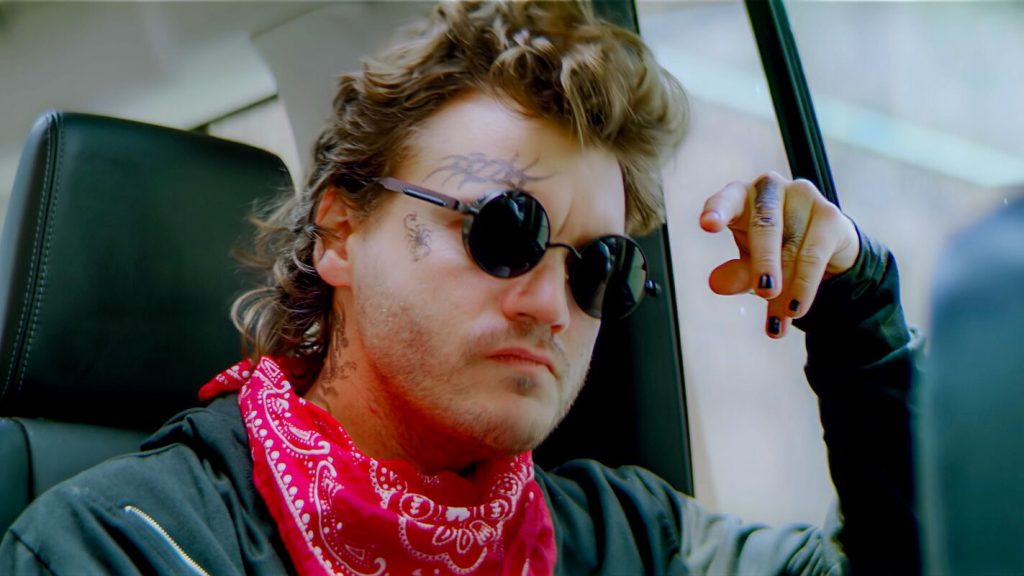By Lynn Venhaus
For 10 days preceding the 94th annual Academy Awards on March 27, we are spotlighting each of the 10 Best Picture nominees.by running a review from when the movie opened locally, and then add awards season news and other tidbits.
“Belfast” is a semi-autobiographical account of Kenneth Branagh’s early childhood in Belfast, the capital of Northern Ireland, around the time “The Troubles” began in his neighborhood, in summer of 1969. His family was Protestant, but they didn’t want any harm done to their Catholic neighbors.
Rated: PG-13 for some violence and strong language, “Belfast” is directed by Kenneth Branagh and stars Jamie Dornan, Caitriona Balfe, Ciaran Hinds, Judi Dench, Jude Hill, and Lewis McCaskie. It runs 1 hour, 37 minutes.
It is now available on DVD-Blu-Ray and digital and video on demand..
2021-2022 Awards: “Belfast” is nominated for 7 Academy Awards, including Best Picture, Best Director, Best Original Screenplay, Best Sound, Best Song (Van Morrison, “Down to Joy”), Ciaran Hinds for Best Supporting Actor and Judi Dench for Best Supporting Actress as the grandparents. March 27
At the BAFTAs on March 13, it won Outstanding British Film of the Year.
It won the People’s Choice Award at the 2021 Toronto International Film Festival.
Of the critics’ groups I belong to — Critics Choice Association Awards – Best Young Actor/Actress Jude Hill, Best Ensemble and Best Original Screenplay March 13; Alliance of Women Film Journalists – EDA Award for Best Original Screenplay; and St. Louis Film Critics Association — it was nominated for eight awards, but no wins.
I ranked it No. 8 on my Top Ten List on KTRS Radio (and in alphabetical order in the Webster-Kirkwood Times). I wrote: “Dramatically charged and filled with gentle humor, writer-director Kenneth Branagh’s semi-autobiographical account of his early childhood in Northern Ireland when “The Troubles” began in the summer of 1969 shows how being exposed to turbulence changes your life forever.”
On Rotten Tomatoes, it has a Tomatometer rating of 87% from 303 critics (I am an approved critic and gave it B+) and an Audience Score of 92%.
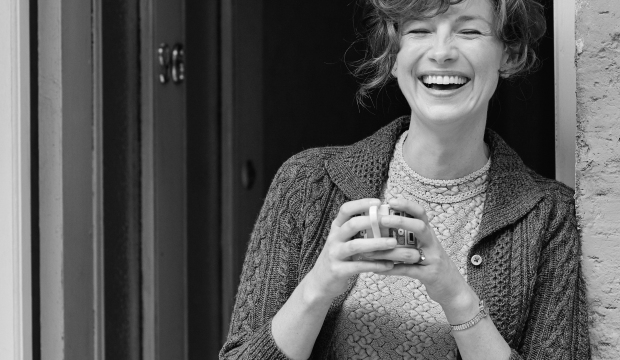
This review appeared in the Webster-Kirkwood Times on Nov. 15. The movie opened Nov. 12, and was shown a week earlier at the St. Louis International Film Festival on Nov. 5.
Somewhere in his memories, Kenneth Branagh has processed what it was like to be 9 years old at a tumultuous time of change. Turns out you can go home again.
During the lockdown, he wrote “Belfast,” and his film memory piece is a warm reflection about family and community. Because it’s so personal, he understands your family is your home, after all.
Through the eyes of a child, Branagh also expresses how being exposed to turbulence where you live changes you forever.
This Belfast clan is not unlike Tevye’s family leaving Anatevka in “Fiddler on the Roof,” or over the past decades, countless ex-patriates from Africa and the Middle East who sought refuge in other lands after their lives were disrupted by war. The decisions are tough but sadly, increasingly necessary for survival.
Elevated by a pitch-perfect ensemble, evocative black-and-white cinematography and a score/soundtrack by Van Morrison, “Belfast” is both dramatically charged and filled with gentle humor.
As the director, Branagh has coaxed an unaffected performance from the lovable Jude Hill as his alter ego. In his first film, the young actor is masterful observing his surrounding, confiding in his grandpa and being delightful in interactions with his family and friends.
When he is frozen in the streets as he hears approaching rioters and is genuinely afraid of what he is witnessing, he is our eyes and ears. That moment crystalizes this film, and is one of the best scenes of the year. You feel what you feel.
This is a story with a wide range of emotions, as the parents, portrayed by Jamie Dornan and Caitriona Balfe, struggle with finances and raising a family during threats to their safety.
Balfe is impressive as the devoted mother, strong while the father is away working in England, and courageous about protecting her family. She is most certain to be a nominee for Best Supporting Actress.
Also memorable are Judi Dench and Ciaran Hinds as the wise and loving grandparents. Dench displays a sardonic wit as Granny while Hinds is the “Pops” with a special relationship with his grandson who advises with common sense.
Branagh, who frequently works on stage and in front of the camera, deftly handles actors. He has worked with Dench multiple times, and while she always excels, she is particularly poignant here.
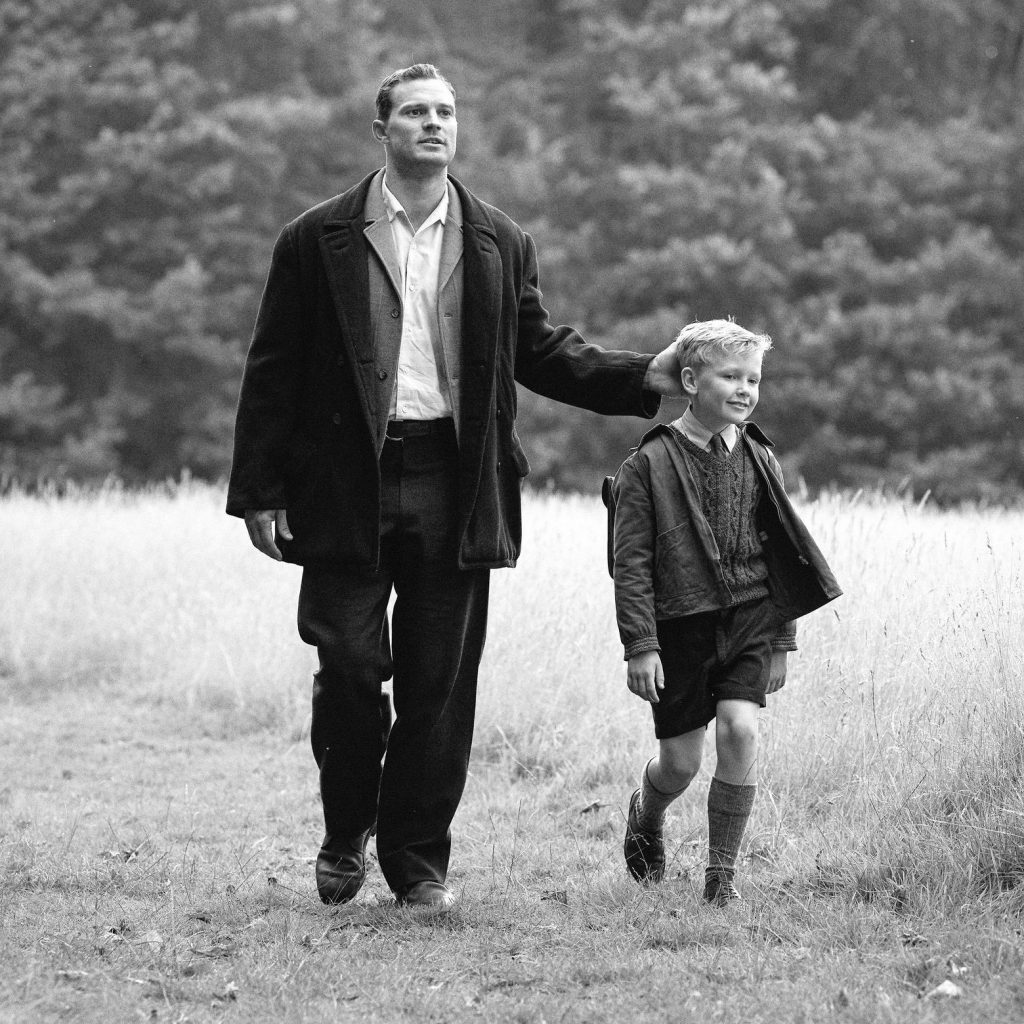
Branagh has been nominated for five Academy Awards, the first man to be nominated for five different categories (director and actor for “Henry V,” supporting actor for “My Week with Marilyn,” adapted screenplay “Hamlet,” and live action short “Swan Song.” As a producer on “Belfast,” he could make history if he is nominated for Best Picture.
Considering how his last movie was the universally panned “Artemis Fowl” in 2020, this would be a remarkable turnaround – although he has been acclaimed for his Shakespeare adaptations and other works.
The film’s sights and sounds are noteworthy, with spot-on vintage outfits, retro tunes and scenic look. “Belfast” includes fine work by production designer Jim Clay, who worked with Branagh on “Murder on the Orient Express” in 2017, and costume designer Charlotte Walter.
This year, there are several films shot in black-and-white, but “Belfast” is a hybrid with color for contemporary scenes, and cinematographer Haris Zambarloukos has handled the transitions beautifully.
What is lacking is character development, for these roles are only snapshots from a child’s point of view.
And if you are unfamiliar with “The Troubles,” which refers to the Northern Ireland conflict from the late 1960s to the Good Friday Agreement of 1998, then you will not find any historical information in this film.
The Troubles, primarily political and nationalistic, had two sides referred to as Protestants and Catholics, but it was not a religious conflict. The key issue was the status of the country – Unionists and loyalists who wanted Northern Ireland to remain within the United Kingdom were mostly Ulster Protestants while Irish nationalists and republicans who wanted to leave the UK and join a united Ireland, were mostly Irish Catholics. About 3,500 people were killed, with more than half civilians, during those 30 years.
As we dissolve to the current Belfast landscape, there is a dedication to those who left and those who stayed. But no information card on the conflict.
Yet, the film stays true to its perspective. While it might be specific geographically, it has a universal appeal.
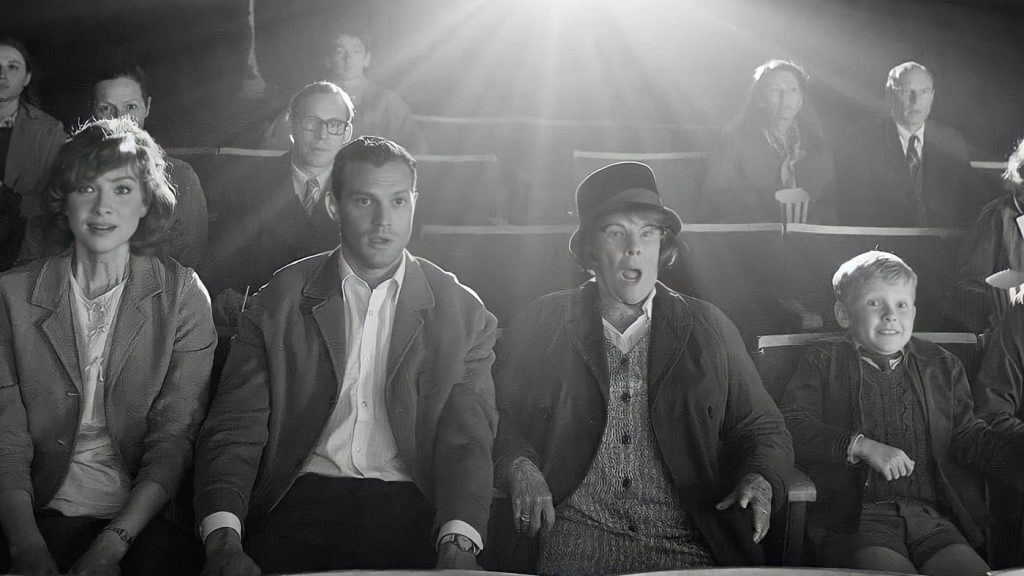

Lynn (Zipfel) Venhaus has had a continuous byline in St. Louis metro region publications since 1978. She writes features and news for Belleville News-Democrat and contributes to St. Louis magazine and other publications.
She is a Rotten Tomatoes-approved film critic, currently reviews films for Webster-Kirkwood Times and KTRS Radio, covers entertainment for PopLifeSTL.com and co-hosts podcast PopLifeSTL.com…Presents.
She is a member of Critics Choice Association, where she serves on the women’s and marketing committees; Alliance of Women Film Journalists; and on the board of the St. Louis Film Critics Association. She is a founding and board member of the St. Louis Theater Circle.
She is retired from teaching journalism/media as an adjunct college instructor.

